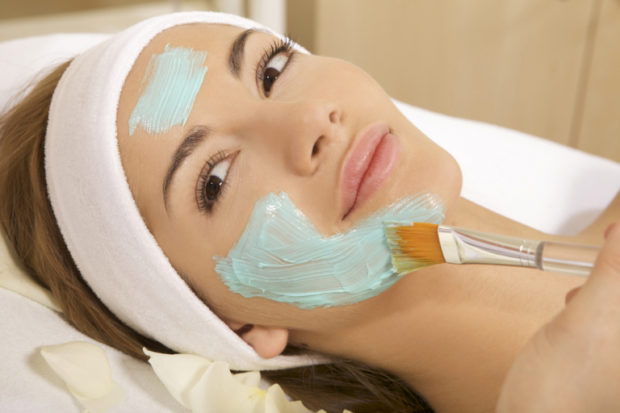
British women are spending more than ever on skincare, according to new research.
A report from market research company Mintel has found that British women spent a whopping £1.15 billion (approximately $1.46 billion) on facial skincare in 2017, a figure that is expected to climb to £1.18 billion for 2018. By 2023, Mintel expects the industry to increase by 15 percent to reach a value of £1.36 billion (approximately $1.73 billion).
Cleansing appears to be one of the main product categories driving the growth. At least 92 percent of British women currently use facial cleansers, be it face wash (55 percent), wipes (54 percent) or micellar water (27 percent). The proportion of women using day cream has also increased over the past year, rising from 59 percent in 2017 to 66 percent in 2018, with night creams also increasing in popularity, from 39 percent to 48 percent in the same timeframe.
“As beauty trends continue to be inspired by Korean facial skincare routines, which can reach as many as 10 steps, British women are adopting multiple cleansing routines and even using different cleansers for different occasions,” said Roshida Khanom, associate director for beauty and personal care at Mintel, in a statement. “The rise in different formats, from micellar waters to cleansing milks, oils and lotions, is also driving experimentation.”
However, when it comes to sun protection, the report found British beauty buffs to be less enthusiastic, with only 47 percent of the 1,008 women surveyed saying they used facial skincare products containing SPF. Some 40 percent of respondents said they were confused about appropriate levels of daily sun protection.
When questioned about factors that can take a toll on the complexion, 72 percent of skincare users cited sun exposure as having the biggest impact, followed by pollution (41 percent) and cold weather (39 percent).
Sleep was considered the biggest internal influencer for 62 percent of participants, followed by diet (54 percent) and water consumption (46 percent). However, only 5 percent were aware of the possibility of damage caused by the blue light and HEVL (high-energy visible light) emitted by mobiles and other electronic devices. JB
RELATED STORIES:
Chinese men share beauty tips online amid booming male cosmetics industry
Skin bleaching in Africa: An ‘addiction’ with risks